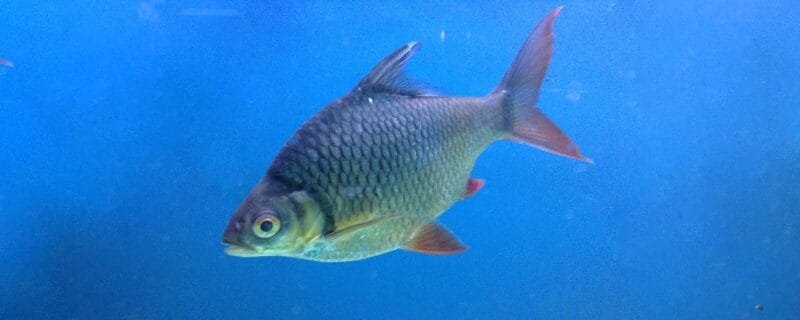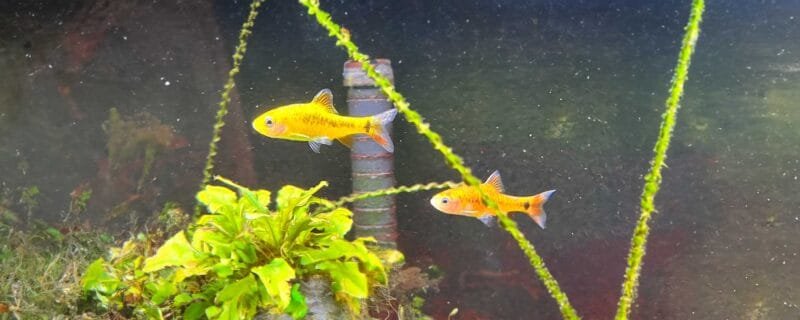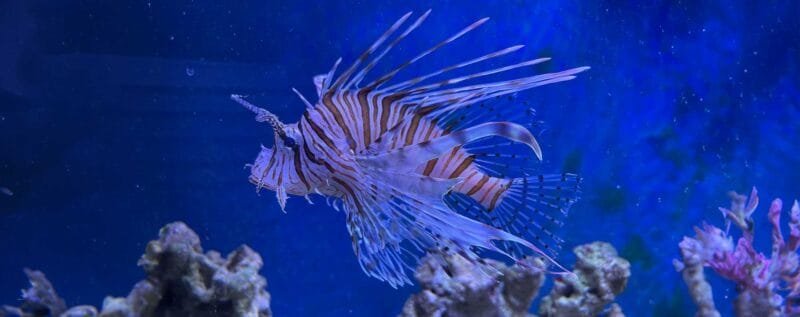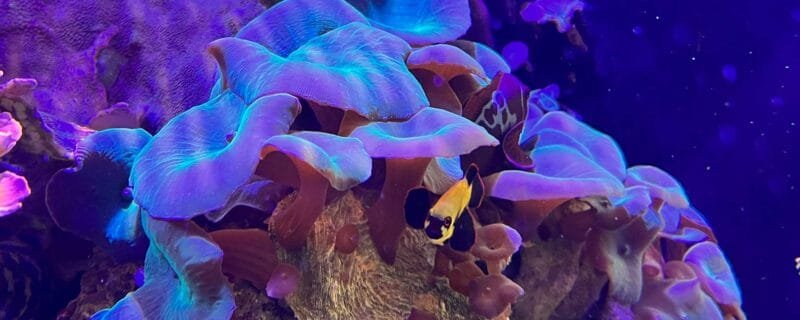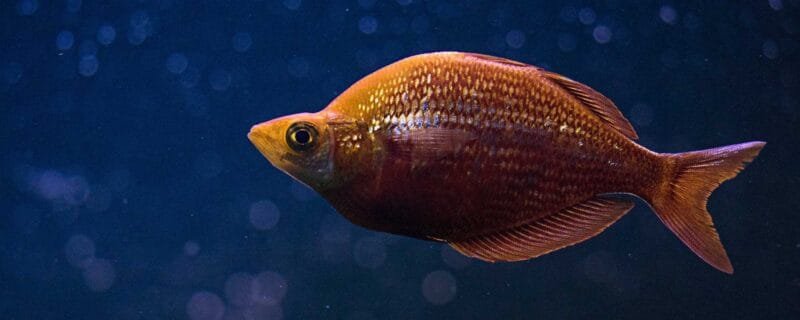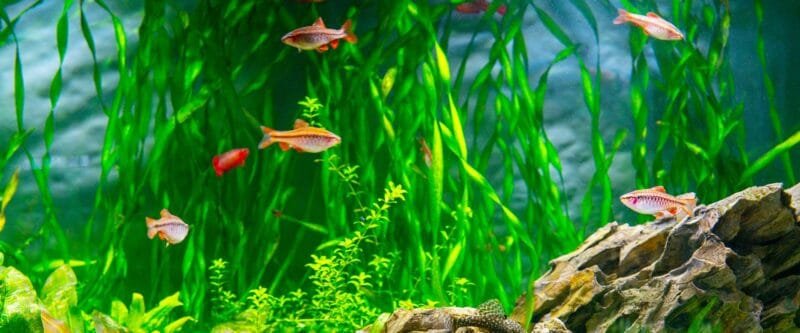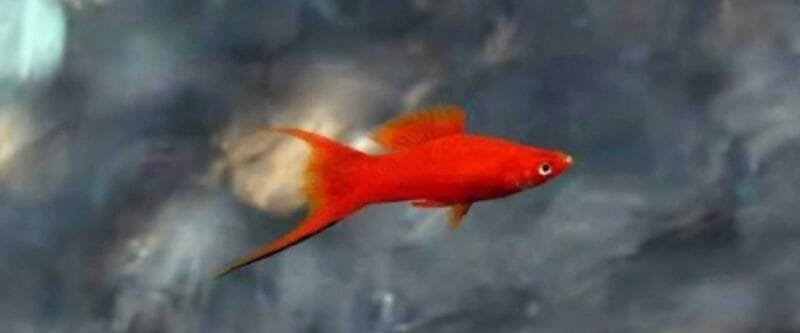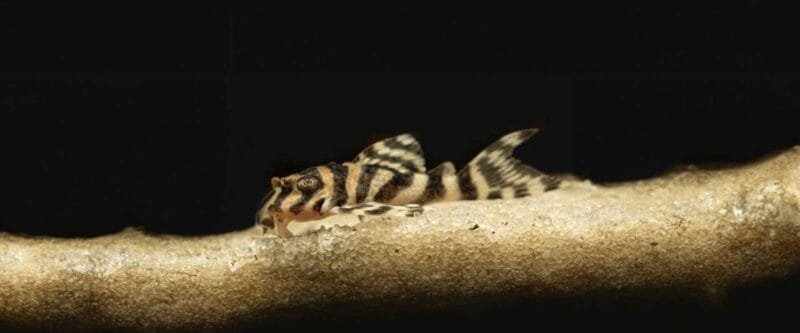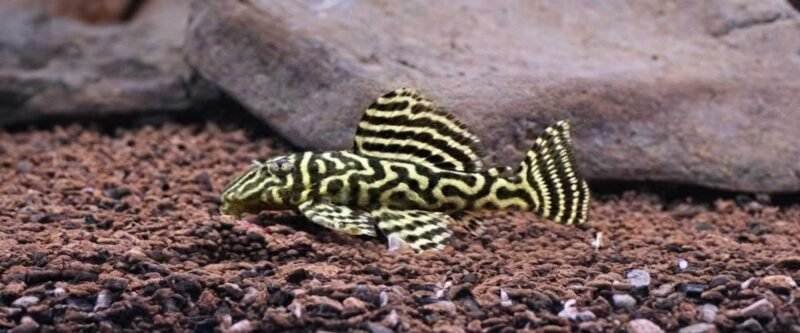A Splash of Color in the Freshwater Aquarium
The Cherry Barb, scientifically known as Puntius titteya, is a vibrant and captivating addition to any freshwater aquarium. Native to the tranquil streams and rivers of Sri Lanka, this small, peaceful fish is renowned for its striking color and easy care, making it a favorite among both novice and experienced aquarists. This blog post explores everything you need to know about the Cherry Barb, from dietary needs to breeding tips and community tank compatibility.
Introduction to Cherry Barb
Common Name: Cherry Barb
Latin Name: Puntius titteya
The Cherry Barb is a small member of the Cyprinidae family and is cherished for the male’s vibrant red color, especially during spawning or when in good health. Typically, these fish grow to about 2 inches (5 cm) in length. Their relatively small size and peaceful nature make them an excellent choice for community tanks.
Diet and Feeding
Cherry Barbs are omnivorous and thrive on a varied diet. They will readily accept a wide range of foods, including flake, live, and frozen options. To maintain optimal health and coloration, provide a mix of high-quality dry foods supplemented with small live or frozen foods such as brine shrimp, daphnia, and bloodworms. Vegetable matter in the form of spirulina flakes or blanched vegetables can also be included to ensure a balanced diet.
Sexing and Breeding
Sexing Cherry Barbs is relatively straightforward. Males are slimmer and display a much brighter red coloration than females, who are plumper and exhibit a more subdued color palette. Breeding Cherry Barbs can be a rewarding experience. They are egg scatterers and do not care for their fry. To breed them, set up a breeding tank with plenty of plants or spawning mops where females can deposit eggs. After spawning, it is crucial to remove the adults to prevent them from eating the eggs. The fry will hatch in a couple of days and should be fed with infusoria or commercially available fry food.
Community Tank Compatibility
Cherry Barbs are peaceful fish that make excellent inhabitants of the community aquarium. They do well with other similarly sized and tempered fish. Good tank mates include tetras, danios, and other small barbs. Avoid housing them with large, aggressive species that might bully or eat them. Cherry Barbs thrive in a group of six or more, which helps to promote natural behavior and reduces stress among the shoal.
Water Conditions and Ease of Care
Cherry Barbs are adaptable to a variety of water conditions but prefer slightly acidic to neutral water (pH 6.0-7.5) with temperatures ranging from 72-79°F (22-26°C). They are not particularly demanding regarding water hardness but do best in soft to moderately hard water. Regular water changes and a well-maintained tank are essential to keep these fish healthy. They are known for their hardiness and are an excellent choice for those new to the hobby.
Species Variations and Albino Forms
While the typical Cherry Barb is noted for its red and black coloring, there are few recognized variations within the species. However, the Albino Cherry Barb is a less common variant that lacks the typical pigmentation, resulting in a lighter body color and red eyes. Like other albino fish, Albino Cherry Barbs may be slightly more sensitive to light and may require a tank with plenty of shade.
Conclusion
The Cherry Barb (Puntius titteya) is a delightful addition to any freshwater aquarium. Its ease of care, peaceful nature, and beautiful coloring make it highly desirable among aquarists. By providing a varied diet, stable water conditions, and compatible tank mates, Cherry Barbs will not only survive but thrive, adding a splash of color and activity to your aquarium. Whether you are starting a new tank or looking to add to an established community, the Cherry Barb is a choice that you will not regret.


